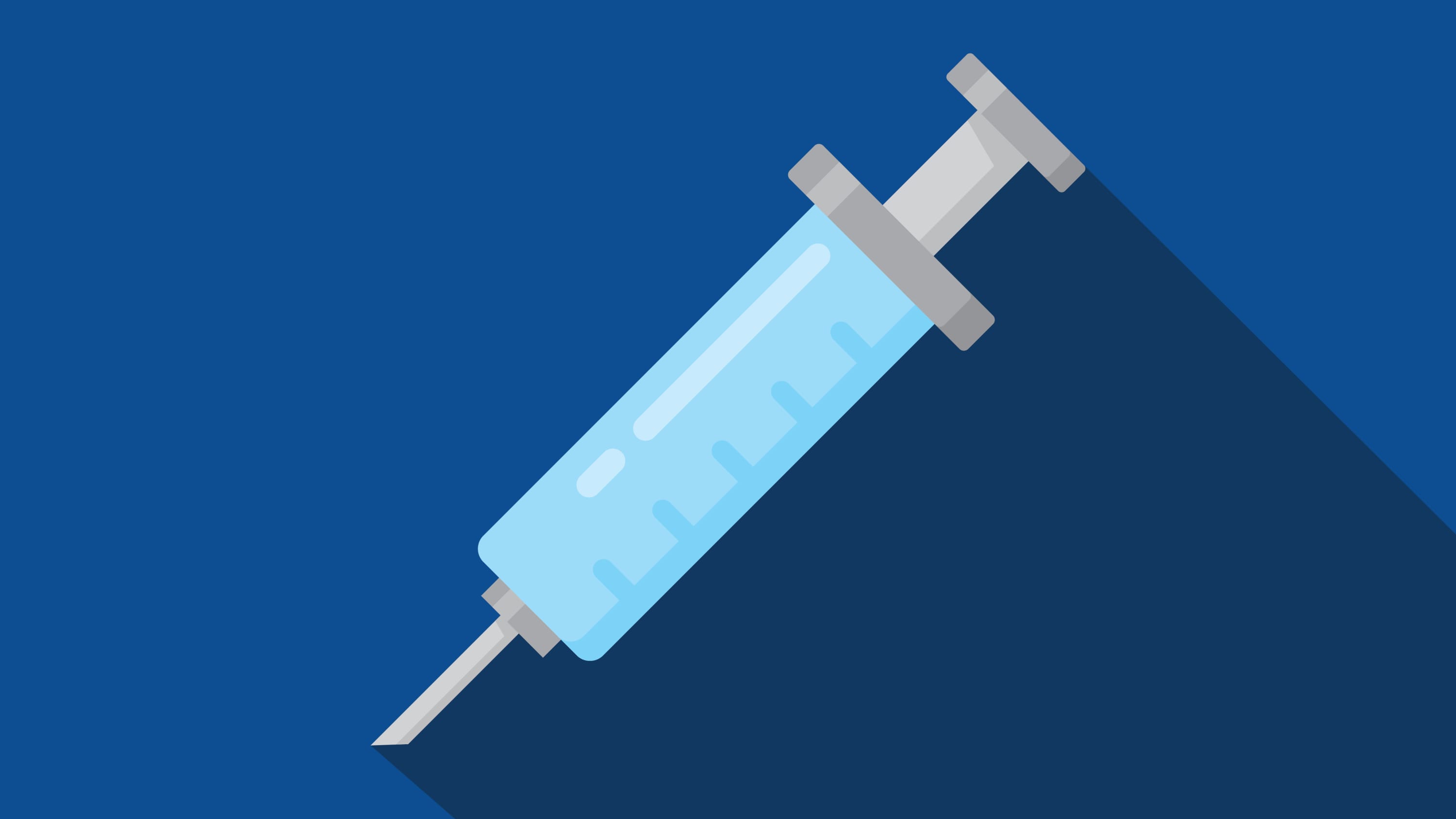In a major breakthrough, the FDA has granted full approval to the BioNTech COVID-19 vaccine, marking a significant milestone in the battle against the pandemic. With its proven efficacy and safety, the vaccine has become a crucial tool in preventing symptomatic disease. Utilizing mRNA technology, this innovative vaccine has paved the way for novel approaches in immunization. Join us as we explore the details of this ground-breaking vaccine, its eligibility, dosage, possible side effects, and effectiveness. Stay informed and empowered as we navigate the evolving landscape of COVID-19 vaccinations.

BioNTech
The FDA granted full approval to the BioNTech COVID-19 vaccine, known as Comirnaty, in August 2021 for individuals aged 16 and older. Prior to that, in December 2020, BioNTech became the first COVID-19 vaccine to receive FDA Emergency Use Authorization (EUA) after demonstrating high efficacy in preventing symptomatic disease. This vaccine, based on messenger RNA (mRNA) technology, requires storage at very cold temperatures, which can present distribution challenges compared to other vaccines.In April 2023, the US recommended updated mRNA (bivalent) shots for most Pfizer-BioNTech vaccinations, including initial vaccinations and booster shots. The bivalent shots are the only mRNA COVID-19 shots available in the US, offering protection against the original strain and the BA.4/BA.5 Omicron subvariants. The original monovalent shot, which targeted only one strain, is no longer available.
Eligibility: The vaccine is approved for individuals aged 6 months and older.
Dosage: The dosage varies based on age and other factors.
- Children aged 6 months to 4 years: Unvaccinated children can receive three doses of the bivalent vaccine, with the first two doses administered three weeks apart and the third dose at least eight weeks later. If a child has received one dose of the monovalent Pfizer vaccine, they are eligible for two doses of the bivalent vaccine, with the first dose administered three to eight weeks after the monovalent dose, and the second dose at least eight weeks later. If a child has received two doses of the monovalent Pfizer vaccine, they are eligible for one dose of the bivalent vaccine, administered at least eight weeks after the monovalent vaccine. Children who have received three doses of the monovalent Pfizer vaccine are eligible for a single dose of the bivalent shot, starting eight weeks after receiving the monovalent vaccine.
- Individuals aged 5 and older: Unvaccinated individuals are eligible for a single dose of the bivalent Pfizer vaccine. If an individual has received one or more doses of a monovalent vaccine, they are eligible for one dose of the bivalent Pfizer vaccine starting at least eight weeks after their last monovalent shot. Individuals aged 65 and older who have received one dose of a bivalent vaccine are eligible for another dose of the bivalent Pfizer vaccine, to be administered at least four months after their previous dose.
An additional shot of the bivalent vaccine is an option for individuals in this group, to be administered at least two months after their last bivalent vaccine. Children aged 5 and younger who have previously received a Pfizer vaccine dose are only eligible for the bivalent Pfizer vaccine. Additional doses of a bivalent vaccine may be considered by a healthcare provider.
Possible side effects: Common side effects include pain, redness, or swelling at the injection site, as well as fatigue, headache, muscle pain, chills, fever, or nausea. These side effects typically resolve within a few days. Severe side effects, though rare, may include anaphylaxis, a treatable severe reaction requiring epinephrine administration.
FDA warnings: The FDA added a warning label to mRNA vaccines, including Pfizer's, regarding rare cases of myocarditis (inflammation of the heart muscle) and pericarditis (inflammation of the outer lining of the heart) primarily occurring after the second dose in adolescents and young adults. Most cases of inflammation resolve without intervention.
How it works: The Pfizer-BioNTech vaccine utilizes mRNA technology to deliver instructions to host cells, prompting the production of spike proteins similar to those found on the SARS-CoV-2 virus. This triggers an immune response, leading to the production of antibodies that can recognize and neutralize the actual SARS-CoV-2 virus.
Effectiveness: Pfizer-BioNTech's original Phase 3 clinical data from December 2020 showed 95% efficacy in preventing symptomatic COVID-19 in adults after two doses. Real-world effectiveness data indicated waning protection over time, but booster doses restored robust immune responses.
In conclusion, the BioNTech COVID-19 vaccine, also known as Comirnaty, has made significant strides in the fight against the global pandemic. With full FDA approval and a track record of high efficacy, this mRNA-based vaccine has become a crucial tool in preventing symptomatic disease. Despite the challenges of cold storage and distribution, the introduction of bivalent shots has provided even broader protection against new strains like the Omicron subvariants. Eligible for individuals of all ages, the Pfizer-BioNTech vaccine continues to play a vital role in our collective efforts to overcome COVID-19. With common side effects, rare but manageable risks, and a clear mechanism of action, this vaccine has proven its effectiveness in real-world scenarios. As we move forward, the inclusion of booster doses ensures that our immune responses remain robust. Together, let us embrace the power of science and vaccination to create a healthier, safer future for all.





